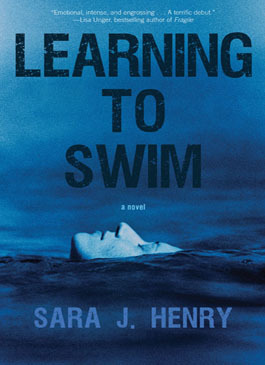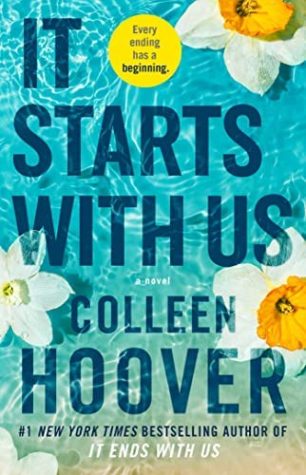The impactful novel that is Learning to Swim

“If I’d blinked, I would have missed it.”
When I first picked up the book and read the summary, I was intrigued. When I actually started reading it, I hardly wanted to put it down. Despite the misleading title, Learning to Swim by author Sara J. Henry is not an instructional guide about how to swim.
Learning to Swim is a book about a young woman named Troy Chance who, while riding a ferry across Lake Champlain, witnesses a young boy falling from the rear deck of the opposite ferry into the frigid lake water below. Rather than reason how unlikely that would be, Chance leaps into the water and manages to find and untie the bounded, freezing-cold kid and swims the long distance back to shore. When they arrive, Troy is surprised to find that no one is there looking for the child. And then there’s also the issue that the boy, Paul, only speaks French.
From the very first paragraph, I was pulled into the narrative, and that’s not hyperbolic. It was almost frustrating when I had to do other things, as I was desperate to discover what would happen next in the story. The mystery often left me anxious with the uncertain fate of these characters. The amount of twists and turns throughout the story meant that there were rarely, if any, boring parts. And while there is downtime in the plot, it was rare that the time was spent without purpose.
Troy Chance serves as the main character, as well as the narrator of the story. She is an independent, well developed character, struggling internally as she attempts to figure out the story behind Paul and what to do with him. Her own uncertainty reflects how I felt, especially when she confronts Paul’s father. There isn’t too much that can be said about him without giving anything away, but like the other characters in this book, he’s well written and shows genuine, human emotion.
Paul acts like how I would imagine most children would in his situation: reluctant to speak of his experiences and inexplicably making things more difficult for Troy with his unhelpfulness. Being cautious, of course, is a natural response considering that he’s with a stranger who he can barely communicate with. The characters in this book feel so real; their responses are so genuine to how a person would act. They aren’t melodramatic like Romeo and Juliet, or stale and lifeless like Bella in the Twilight saga; the characters react in a way that an actual person might.
The book also deals with real emotional issues like PTSD, particularly when addressing Paul’s refusal to talk. He isn’t better as soon as he’s safe; he needs to express his feelings and deal with the awful things he experienced. The fact that this is an actual facet of the story makes it so much better.
The final climax of the story had me skipping ahead, too anxious to find out what would happen to wait to get there, and the twist was absolutely crazy. The ending of the book left me both satisfied and frustrated at the characters’ questionable fates after the mystery has been solved and the conflict resolved. But it’s more realistic to reality. In life, there is never a simple, wrapped-up, happy ending; life continues after the fact, and the book illustrates that very well. I would definitely recommend this book to anyone looking for a beautifully written mystery novel.

This is senior Erin Doran's first year on staff. She has a twin brother and another older brother in his third year in college. Her family owns three cats,...






























































































